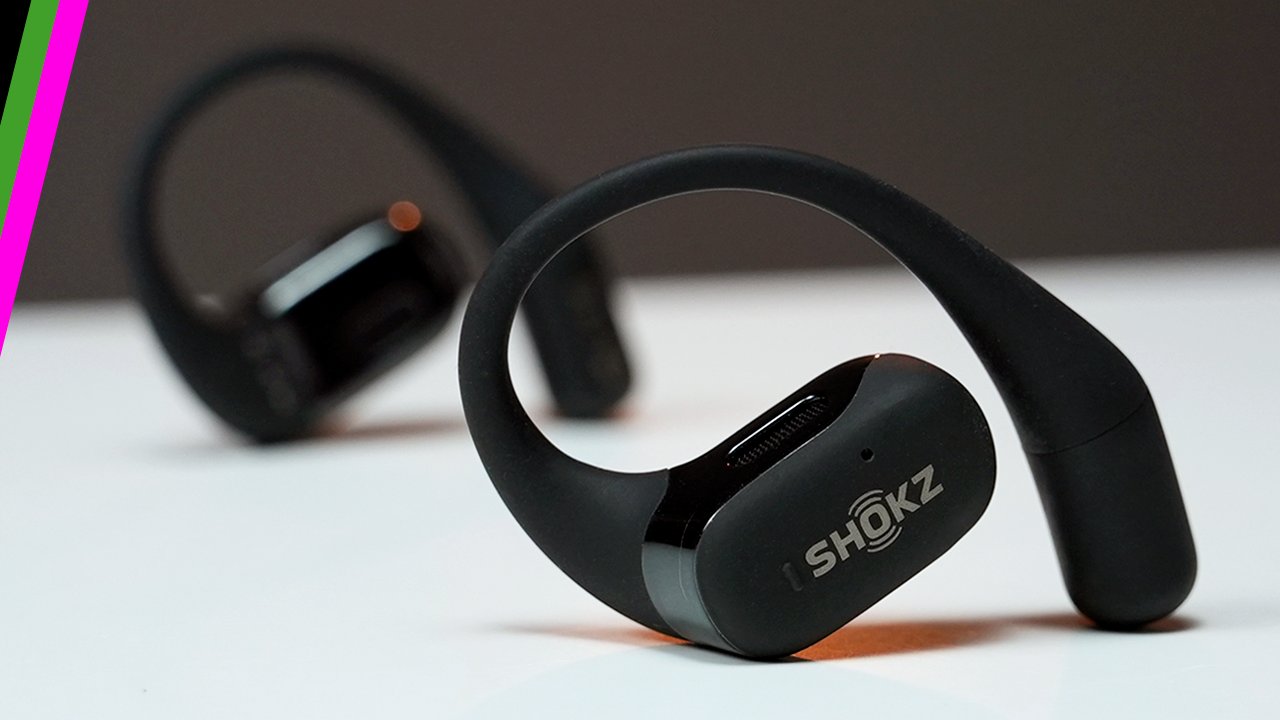Open-Ear Headphones
Open-ear headphones have gained significant popularity in recent years due to their unique design, which allows users to enjoy their favorite audio content while maintaining awareness of their surroundings. Traditionally, bone conduction technology has been the go-to method for achieving this feat. However, a new breakthrough has emerged, promising a paradigm shift in open-ear headphone technology. In this article, we explore the innovative alternative to bone conduction and delve into why it is shockingly better.
The Limitations of Bone Conduction Technology
Understanding Bone Conduction: Bone conduction headphones transmit sound vibrations through the bones of the skull, bypassing the outer and middle ear. This direct transmission allows users to hear audio while leaving their ear canals open, ensuring ambient sound awareness.
Drawbacks of Bone Conduction:
Sound Quality Limitations: Bone conduction technology struggles to reproduce deep bass frequencies, resulting in an audio experience that may feel lacking in richness and depth.

Leakage of Sound: Bone conduction headphones can unintentionally leak sound, causing discomfort or annoyance to those around the wearer.
Reliance on Optimal Contact: Achieving the best sound quality with bone conduction requires a snug fit, which may not be suitable for everyone. Moreover, prolonged use can cause discomfort or fatigue due to continuous pressure on the skull.
Enter the Revolutionary Alternative
The Breakthrough: The shockingly better alternative to bone conduction technology is the introduction of advanced micro-speakers that utilize Air Conduction Transmission (ACT). Unlike bone conduction, which bypasses the outer and middle ear, ACT takes advantage of the natural auditory pathway to deliver sound.
How ACT Works:
Anatomy of the Ear: The human ear consists of three main parts: the outer ear, middle ear, and inner ear. These vibrations are then transmitted to the middle ear, where three small bones amplify the sound. Finally, the sound waves reach the inner ear, which processes and converts them into electrical signals for the brain to interpret.
ACT in Open-Ear Headphones: ACT-enabled micro-speakers are strategically positioned near the entrance of the ear canal. By utilizing the natural auditory pathway, these speakers reproduce sound waves that follow the same route as traditional audio, resulting in a more accurate and immersive listening experience.
Advantages of ACT over Bone Conduction
Air Conduction Transmission (ACT) technology, which utilizes advanced micro-speakers, offers a range of advantages over traditional bone conduction technology.

In this section, we will explore the key advantages of ACT, highlighting its superiority in sound quality, comfort and fit, privacy, and ambient sound awareness.
Unparalleled Sound Quality: One of the most significant advantages of ACT over bone conduction is its ability to deliver superior sound quality. While bone conduction technology often struggles to reproduce deep bass frequencies, ACT-enabled micro-speakers can accurately reproduce a broader range of frequencies, including deep bass. This results in a more immersive and satisfying audio experience, where users can enjoy the richness and depth of their favorite music, podcasts, and other audio content.
Enhanced Comfort and Fit:
ACT technology eliminates the need for tight contact with the skull, providing enhanced comfort during extended periods of use. Bone conduction headphones require a snug fit to ensure optimal sound transmission, which can cause discomfort and fatigue over time. In contrast, ACT-enabled open-ear headphones offer a more ergonomic design that accommodates various ear shapes and sizes. Users can enjoy a customized and comfortable fit, allowing for prolonged use without discomfort or pressure on the skull.
Privacy and Sound Leakage: Another advantage of ACT technology is its ability to minimize sound leakage, ensuring a more private listening experience. Bone conduction headphones can unintentionally leak sound, which may cause discomfort or annoyance to those around the wearer. With ACT, the audio remains confined within the user’s ear canal, significantly reducing sound leakage. This not only enhances privacy but also allows users to enjoy their audio content without disrupting others in their vicinity.
Improved Ambient Sound Awareness:
Open-ear headphones are prized for their ability to provide audio immersion while maintaining awareness of the surrounding environment.

ACT technology strikes a perfect balance between audio immersion and ambient sound awareness. By utilizing the natural auditory pathway, ACT-enabled micro-speakers reproduce sound waves that follow the same route as traditional audio, allowing users to remain aware of their surroundings.
Versatility and Future Potential: ACT technology opens up new possibilities for headphone design and functionality. Its flexibility allows for the integration of additional features, such as noise cancellation or augmented reality capabilities, without compromising sound quality or comfort. As the technology continues to evolve, it holds great potential for further advancements and innovations in the audio industry, paving the way for even more exciting and immersive audio experiences.
Air Conduction Transmission (ACT) technology represents a significant leap beyond traditional bone conduction in open-ear headphones. With its superior sound quality, enhanced comfort and fit, reduced sound leakage, and improved ambient sound awareness, ACT provides users with a revolutionary alternative that enhances the overall listening experience. As this technology continues to evolve and gain traction, it is likely to shape the future of headphone design, setting new standards in audio quality, comfort, and versatility. Whether for music enthusiasts, athletes, or professionals seeking a safe and immersive audio experience, ACT-enabled open-ear headphones offer a compelling solution that outshines bone conduction technology.



